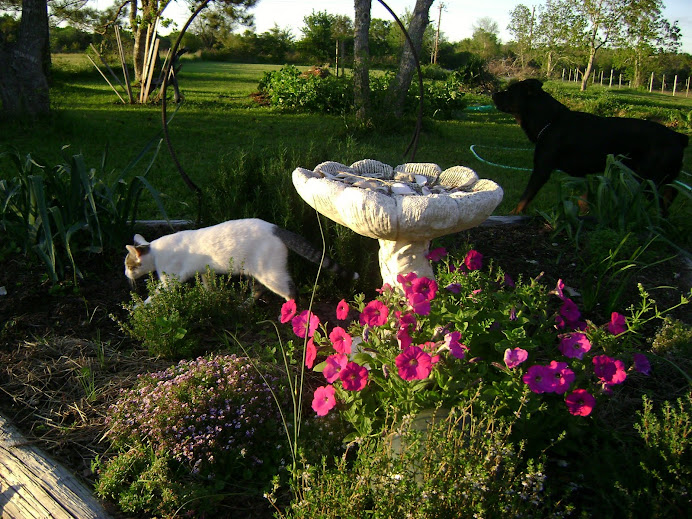Dill is an herb that is exceptionally easy to grow for most gardeners. In Southeast Texas it loves the cool weather. I plant seeds directly in the garden in fall to go through winter. I also sow Dill seeds again in January and February indoors to put out in early spring.
I love adding Dill to many dishes. Especially potato salad! But I want to make sure I have plenty of seed heads when pickle making time comes around. I also want to have plenty for saving seed. But more than anything I want to make sure there will be plenty extra for the swallowtail caterpillars.
It is quite important to get familiar with the beautiful swallowtail caterpillar. He or she will munch down a Dill plant in nothing flat. If your planning on just growing a few Dill Plants in your garden you might find yourself in a dilemma. I don't recommend trying to relocate them. The Dill is its host plant until it emerges to its full status of a glorious butterfly.
There are several other flowers and herbs that will serve the same purpose to the Swallowtail such as Parsley, Fennel and even carrots. It would be well for your garden to incorporate all of them. Just be very careful about growing your Dill and Fennel near each other because it is possible for them to cross pollinate each other. As well it is not good to plant Dill with your carrots being that they are both in the Umbelliferae family it is quite possible for them to cross pollinate as well.
Dill is an excellent companion plant for your cucumbers. Must be why pickles are so naturally yummy. It also works well with all the brassicas, beans, lettuce and even onions. I had heard a long time ago that Dill will help repel stink bugs and squash bugs from your summer squash. One year, after harvesting the seed heads, I took the rest of the Dill plants and layed them down between the rows of my squash. I still found stink bugs though, but it was worth a try.
A beautiful Black Swallowtail
Be sure to not plant Dill with your Tomatoes either. Even though they say Dill helps invigorate your tomatoes growth and I've planted them together several times, the plants must be monitored closely because Tomato Hornworms enjoy the herb as well. It's best to just keep them away from each other. Trust me!!!
Dill will also attract numerous beneficial insects. The one I find most humorous is a tiny little wasp that likes to lay eggs inside the tomato hornworm. The larvae kill the hornworm. Once in awhile you will find a hornworm that looks like it has tiny white threads all over it. Don't kill that hornworm!!! Let the larvae hatch out and make more tiny little wasps.
I love it when nature helps keep me from touching those nasty things. Although my chickens love to eat them. For more information and how to identify hornworms please visit my recent article at Natural Family Today.
I love it when nature helps keep me from touching those nasty things. Although my chickens love to eat them. For more information and how to identify hornworms please visit my recent article at Natural Family Today.
A spectacular Giant Swallowtail
I hope I've convinced you into becoming a hostess this season by growing plenty of herbs for the swallowtails. They put on such a wonderful display for all to enjoy!!
Happy Gardening!
Pammy
- Parsley, Lemon Basil, Thyme, Dill, Cilantro / Corriander, Sweet Marjoram, Oregano, Chives, Garlic Chives, Mustard, Savory and Sage

Each packet of Culinary / Cooking Herb seeds contains plenty of culinary herb seed. Exp... [More]
Price: 13.95
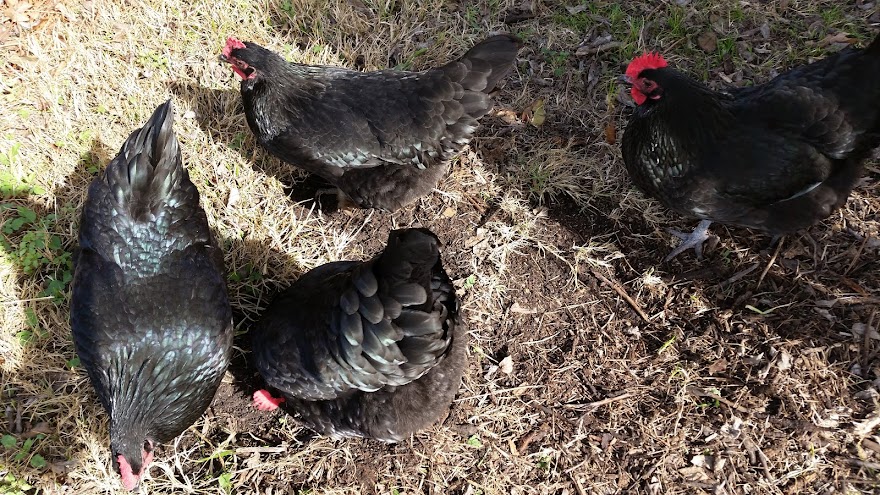
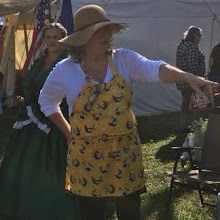




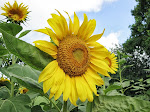
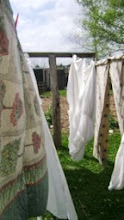






















.jpg)














